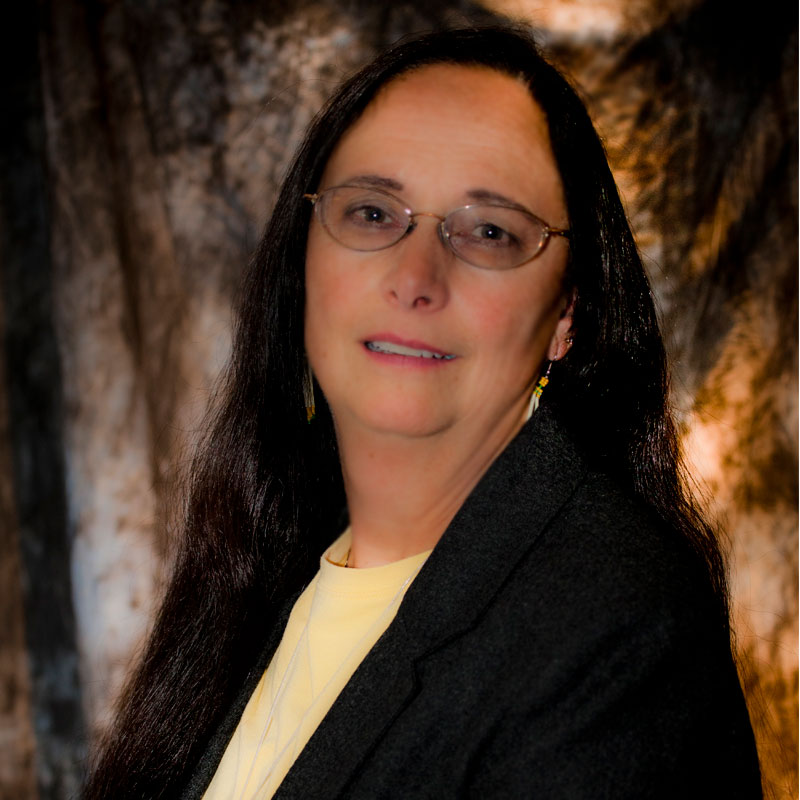Reciprocity—or the Art of Giving and Taking
Reciprocity is the act of mutually giving and taking. In relationships, reciprocity is necessary for both parties to feel satisfied and to have their needs met. In Handbook of Attachment Interventions, Terry M. Levy wrote, “A child who experiences satisfaction and gratification in the daily give-and-take with primary caregivers will learn to be considerate, playful, and fair in interactions with others. Children who fail to learn reciprocity from their caregivers many be selfish, inconsiderate, or coercive in their social interactions.” (Levy, p. 43) Because all relationships exist due to the reciprocal interactions of those involved, it is necessary that every child have the skill of reciprocity. But we are seeing more and more children with no understanding at all of the process, who haven’t learned how to give back, and who are lacking in empathy towards others because they don’t know how to give back.
When we give, we get something in return. The act of giving is a gift in itself. In families, the give-and-take should happen many times a day. A father goes to work, brings a paycheck home, pays rent, utilities, buys groceries, helps with homework, housework, changes the oil in the car, tucks the kids in after reading a book, and then sits with his wife discussing the wife’s day, which may have been similar. So how do kids give back, as they do seem to be taking quite a lot?
Children give back through helping out around the house with – the dreaded word: CHORES! Yep, that’s it. That’s what they do, every day, every week, every month. Children don’t pay rent, don’t pay utilities, don’t pay for groceries or clothing, but they do pay back with their time and energy. It is their contribution to the family; it is one way they can learn to be reciprocal. Not only that, they begin to feel as if they are an important part of the family, that the family “needs” their contribution of labor. As adults, we feel part of our self-worth through how we accomplish our jobs, and children are the same. So chores can help with self-esteem as well as helping them learn reciprocity. So they then “gift” the family with their contribution of time and energy.
Some children can give back labor and energy but lack the emotion. For children who don’t do that part of reciprocity very well, you may have to give them the words. In Can This Child Be Saved? by Foster Cline and Cathy Helding, they wrote, “Teach by example. Give the child the exact words and responses that children his or her age normally give. Have the child practice them in a fun way with you: And when someone says something nice to you, what are you supposed to say? Oh say it happier than that . . . Like this . . .(parent demonstrates proper tone of happiness and excitement. ) Gee, thanks Grandma!” Cline and Helding also recommend having the child imagine how another person would feel hearing what they have to say. “They must be taught to think of others and realize that their words and actions impact others’ feelings as well as their own.” (Cline & Helding, p. 275) As parents, it is our job to guide the children to develop the skills necessary and this may mean providing the words time and time again, as well as modeling the behavior.
In this season of giving, we cannot rob our children of the opportunity to also give to others. Reciprocity is the act of giving and taking and can happen year-round. But this is the perfect time to model appropriate acceptance as well as giving. Guide your children with your words and actions so they too can be “gifted” and can “gift” others in the process.
Cline, Foster W., M.D., and Cathy Helding, (1999). Can this child be saved? World Enterprises, Franksville, WI: City Desktop Productions, Inc.
Levy, Terry M., (2000). Handbook of attachment interventions, Academic Press: San Diego, CA: Elsevier Science.
Tags:
how to teach children giving,
learning reciprocity through attachment

